matt_m
TPF Noob!
- Joined
- Aug 16, 2015
- Messages
- 47
- Reaction score
- 10
- Can others edit my Photos
- Photos OK to edit
I'd like to set up a small studio in my basement. Probably mostly some still life work and a little portrait photography. I already purchased a Smith Victor basic lighting set consisting of 2 stands, 2 sockets, 2 reflectors, and 2 shoot-through umbrellas. I don't think this puts out enough light to do much, but for $40 it was worth it for just the stands.
I'm thinking of purchasing the following:
2 Neewer 750MKII flashes (in addition to 1 I have)
2 Altura wireless trigger setups which would give me a total of 4 remote units.
3 mounts to hold flashes and umbrellas on top of standard stands.
1 additional stand (recommendations?)
I can get all of the above in the $200 range which fits the budget (been buying too much gear to spend more.)
I also already have a small softbox that can go on one flash, the other two I'd use with the umbrellas to start.
Would this give me enough to do some learning without getting frustrated?
I'm thinking of purchasing the following:
2 Neewer 750MKII flashes (in addition to 1 I have)
2 Altura wireless trigger setups which would give me a total of 4 remote units.
3 mounts to hold flashes and umbrellas on top of standard stands.
1 additional stand (recommendations?)
I can get all of the above in the $200 range which fits the budget (been buying too much gear to spend more.)
I also already have a small softbox that can go on one flash, the other two I'd use with the umbrellas to start.
Would this give me enough to do some learning without getting frustrated?


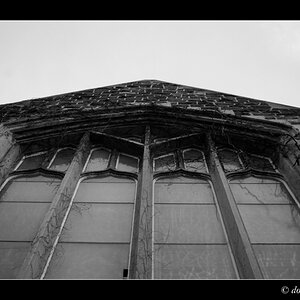
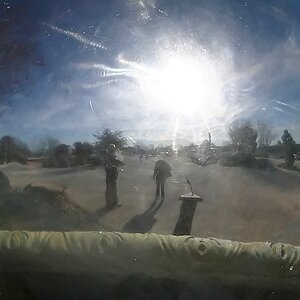
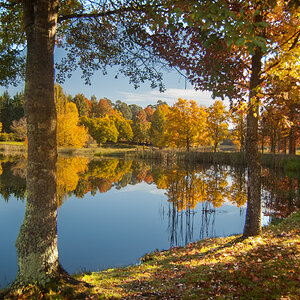
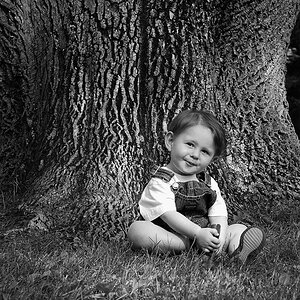
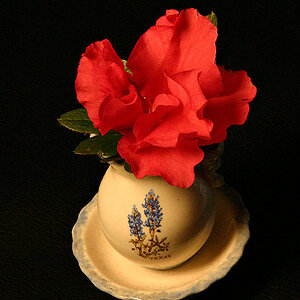
![[No title]](/data/xfmg/thumbnail/42/42057-1509913128bb1db2bc11235c05832fd4.jpg?1619739993)
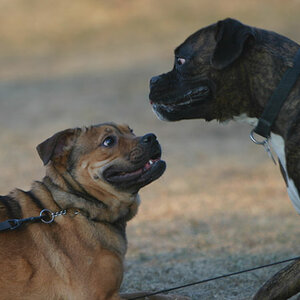
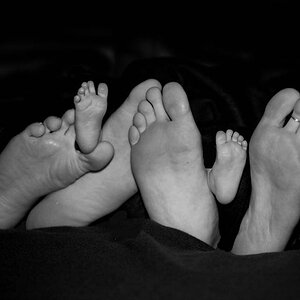
![[No title]](/data/xfmg/thumbnail/39/39497-93752210dd49247220721e5ac8c61245.jpg?1619739055)

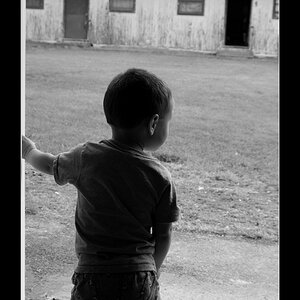
![[No title]](/data/xfmg/thumbnail/39/39499-b11b4321c0f029e3a5523ccab621b71c.jpg?1619739057)